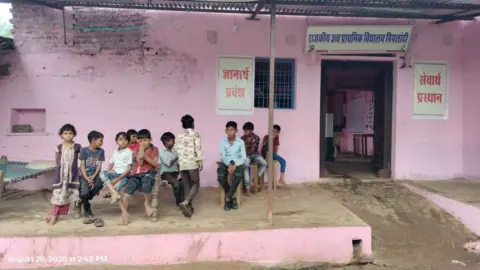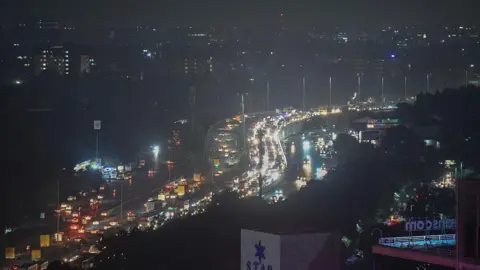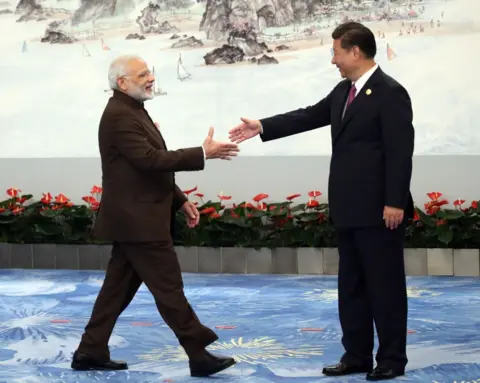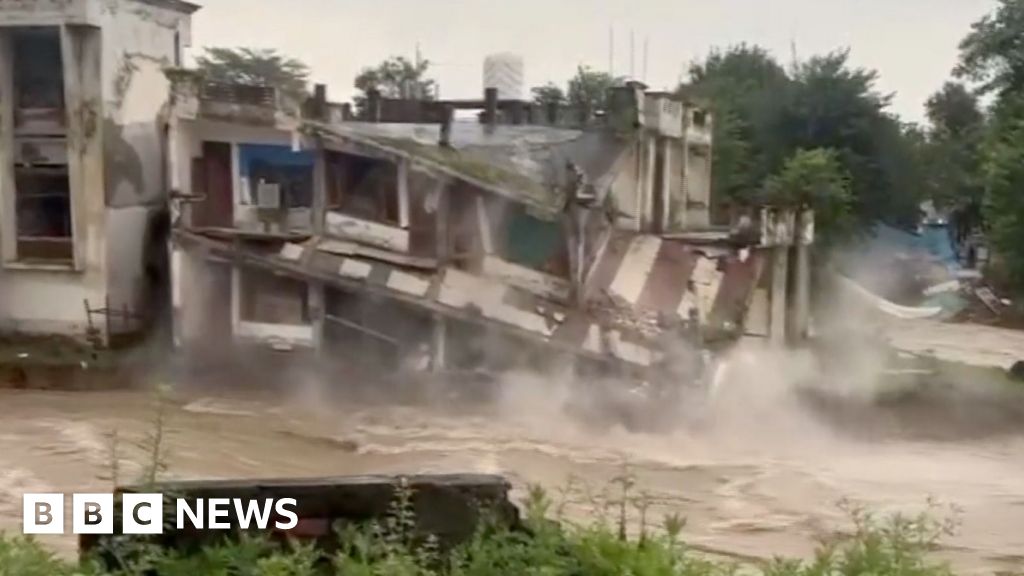After decades of intricate engineering processes and substantial financial investment, India has successfully established a rail link to the Himalayan region of Kashmir. The new train service, inaugurated recently, fulfills a vision dating back to colonial times, promising a brighter future for the region's troubled society. However, sentiments among the local population reflect anxiety, viewing the railway project as a vehicle for reinforcing Indian governmental authority in Kashmir.
The much-anticipated opening of this railway was marred by prior delays, predominantly resulting from heightened tensions following a terrorist attack in late April which reignited conflict between India and Pakistan. Spanning 170 miles, the Udhampur-Srinagar-Baramulla rail link marks a significant engineering feat, costing approximately $4.4 billion. It boasts remarkable structures, including one of the world's tallest railway bridges and a nearly seven-mile tunnel through a mountain range.
Indian officials maintain that this rail connection will enhance economic opportunities for Kashmir and facilitate its integration into India’s burgeoning economy. Historically, the region has relied heavily on a single road for transport, often shut down by winter snow. Entrepreneurs like Naveed Hassan express optimism that improved connectivity will boost tourism, stating, “Tourists can come directly from Delhi now. Our businesses will grow.”
Yet, despite the economic prospects, many locals are wary. Some residents perceive the railway initiative as a maneuver to centralize control rather than as true economic support, leading to a divided view on the future implications of this long-awaited railway line.



















